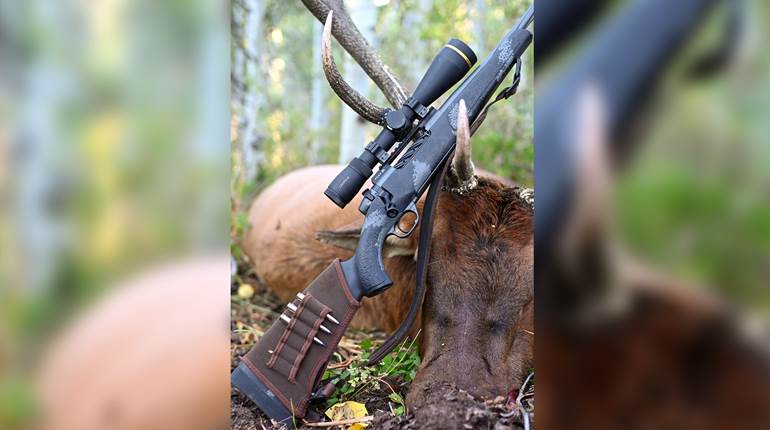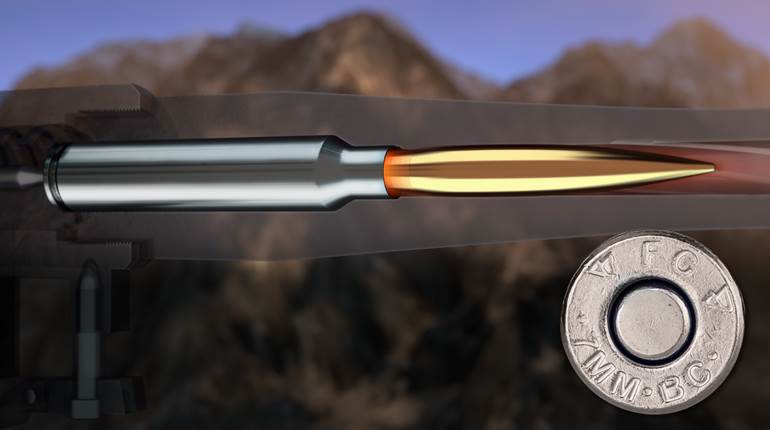Gallery: Ruger Factory Tour-Mayodan, N.C.
Interests
Old-School Tools Gaining Ground In Drone Defense | An Official Journal Of The NRA
- NRA Hunters' Leadership Forum | NRA Focused on the Fight as Colorado Governor Signs Unconstitutional Gun Control Bill into Law
- 7 Things the Trump Administration Has Done for Our Second Amendment Freedom | An Official Journal Of The NRA
- NRA Hunters' Leadership Forum | More Than Just Conservationists: How Hunters Are True Stewards of the Land

















































